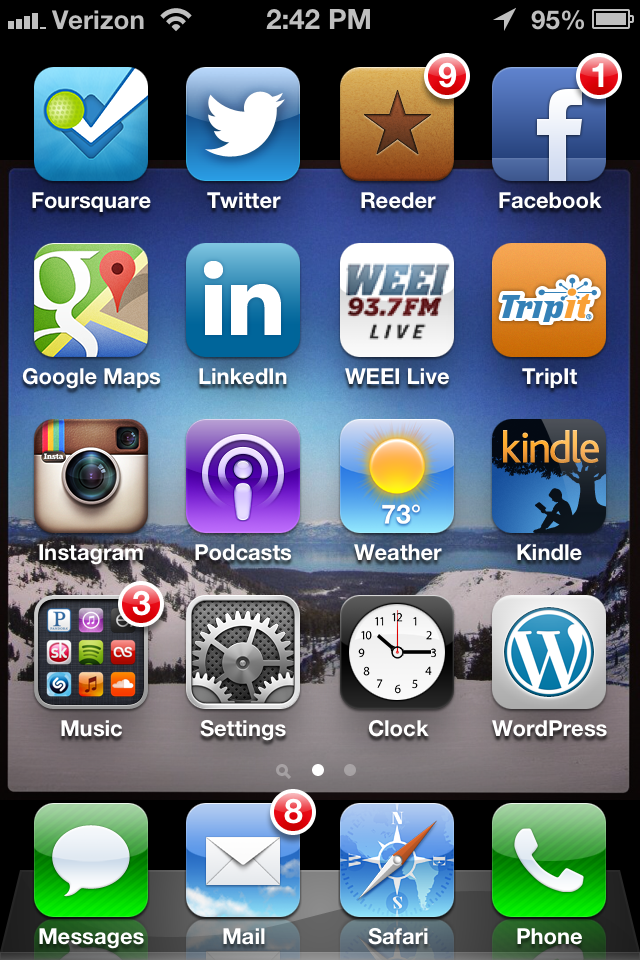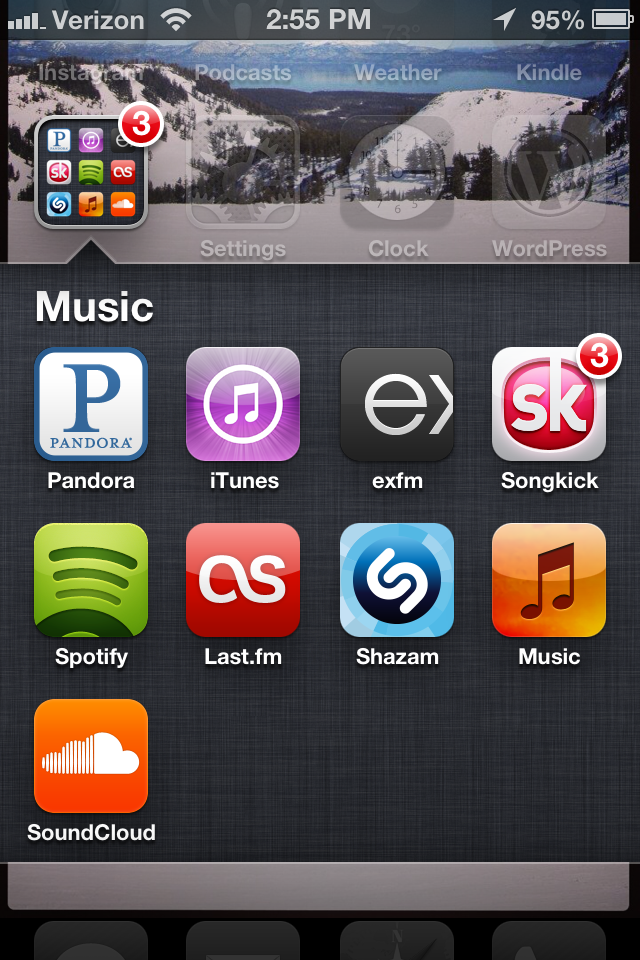When Selling A B2C Marketplace, Worry About The C, Not The B
A traditional tactic for enterprise salespeople is to be very focused on their prospect’s business – their strategic priorities, their competitors, what keeps them up at night, how they’re growing, etc. But when you're selling a marketplace the focus should be less on the prospect’s business and more on the consumer. Some examples of these businesses include:
- Yelp
- Etsy
- Open Table
- WorkMarket
- Expedia
- Skillshare
- Amazon Marketplace
These businesses are selling their marketplace. They're really just a middleman between a business and a set of (hopefully) engaged consumers.
It's important for Open Table’s restaurant salespeople to understand their prospect’s business, but it’s much more important for them to understand the consumer. What do they want to eat, when do they want to eat, what kind of experience do they want, how do they want to be marketed to, etc. And most importantly, why is Open Table going to be their destination when they look for a restaurant?
Your customer’s know their business better than you do. There’s not much you can tell them that they don’t already know. But they very likely don't understand the consumer as well as you do. So when you’re selling a marketplace, don’t bore them by trying to be an expert on their business, educate them by being an expert on the consumer.


